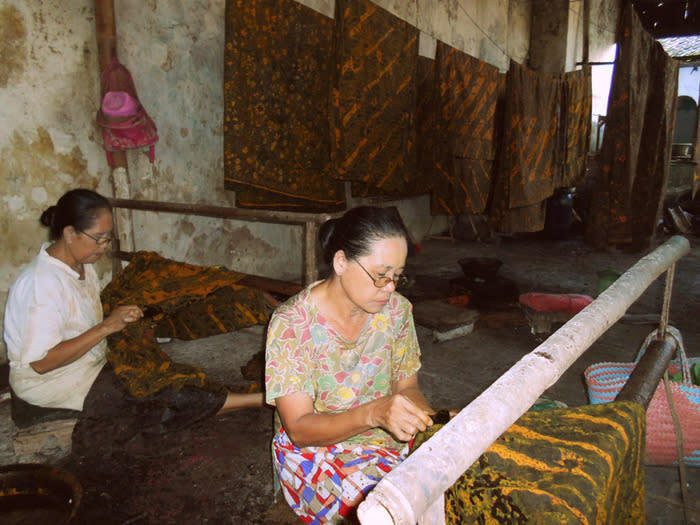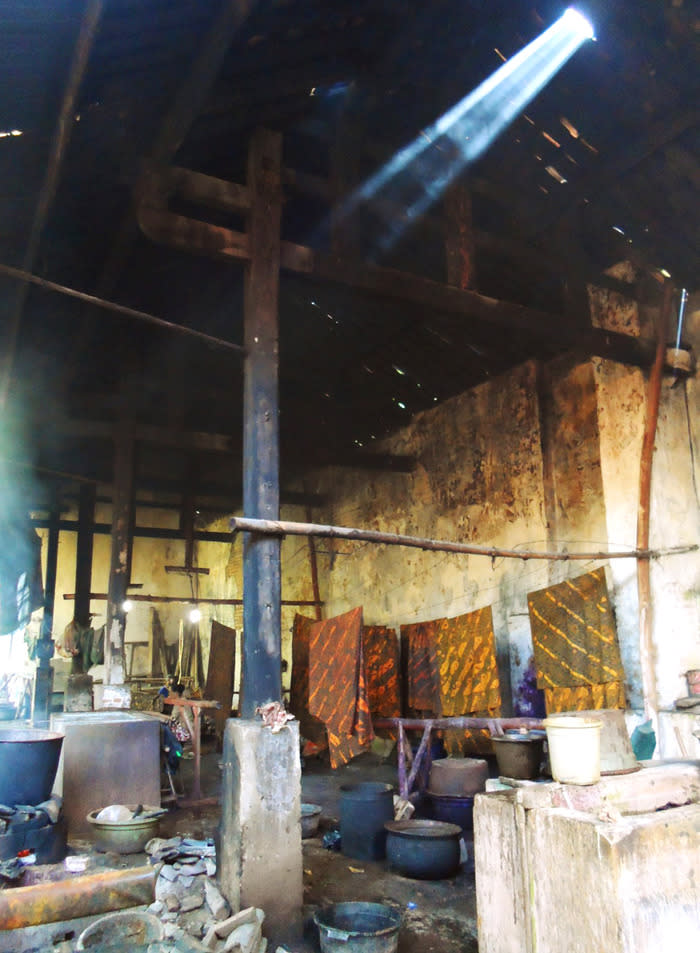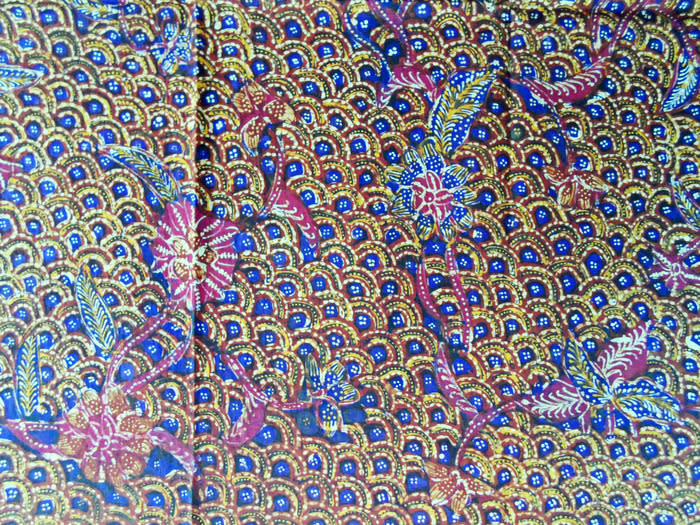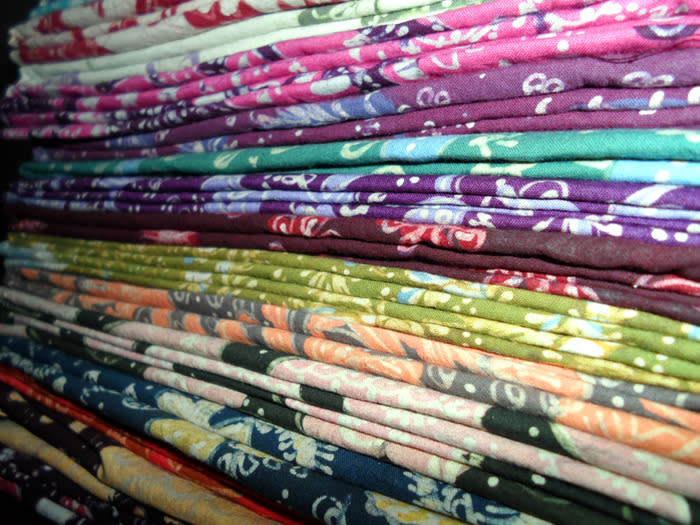A photo story: The vibrant tale of Lasem’s hand-painted batik
The hand-painted batik designs of Lasem, a small district in the coastal regency of Rembang in northern Central Java, may not be as popular as those of Yogyakarta, Surakarta, Pekalongan, Cirebon or Madura.
However, it does not mean that Lasem’s batik designs are of a lesser class or quality. As the old Javanese saying goes, no two hand-painted batik designs are alike and each one is a masterpiece.
The history of batik in the remote town, located not far from the border between Central Java and East Java, stretches back into the early 15th century.
The celebrated Muslim Chinese Admiral Cheng Ho is believed to have made his first landing on Java in Lasem. A part of his fleet resided in the town and, over time, their foreign traditions merged into the local culture.
Lasem’s batik designs are just one of the many products of that acculturation.
Sea merchants transiting at the Lasem port often assisted the local batik in making its way to foreign markets, increasing the cloth’s popularity. The golden age of Lasem batik was in the 19th century, when its popularity reached the Far East.
The acculturation between Javanese and Chinese traditions in Lasem can be clearly seen in the local batik motifs, which often include characteristically Chinese images of phoenix birds, dragons, chrysanthemums, gold coins and a blood-red base color.
Another notable Lasem batik motif, the kricakan, was created during the rule of Herman Willem Daendels in early 19th century.
In his three-year stint as the Dutch East Indies governor general from 1808 to 1811, Daendels subjected the population of Java to forced labor to build the 1,100-kilometer Great Post Road. The kricakan motif was inspired by the local people’s suffering at being forced to crack large boulders into gravel, which is called ‘kricak’ in Javanese.
The popularity of Lasem’s hand-painted batik decreased considerably in the 1950s as printed batiks from numerous other regions in Java began gaining recognition.
Nowadays, however, collectors and batik lovers are beginning to flock to this district once again.
The price for a piece of batik cloth in Lasem ranges from Rp 100,000 (US$10.30) to tens of millions of rupiah. The price will depend on the intricacy of the motifs, the type of fabric and coloring agents used, and the number of colors on the cloth.
As there is no fixed price, your haggling capability will definitely come in handy.
Read also:








